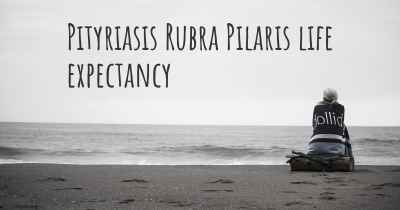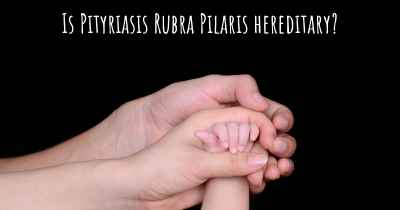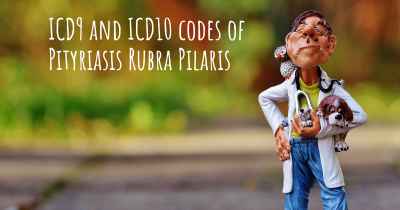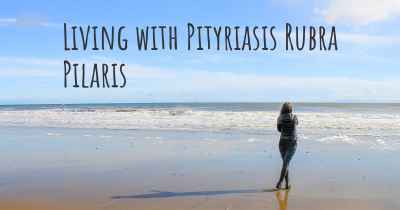Is it advisable to do exercise when affected by Pityriasis Rubra Pilaris? Which activities would you suggest and how intense should they be?
See if it is advisable for people with Pityriasis Rubra Pilaris to practice sports and which ones are the most recommended if you have Pityriasis Rubra Pilaris
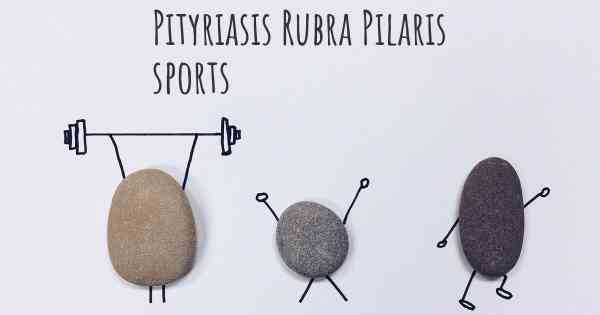
Exercise and Pityriasis Rubra Pilaris
Pityriasis Rubra Pilaris (PRP) is a rare and chronic skin disorder characterized by reddish-orange scaly patches, follicular plugging, and keratotic follicular papules. It can affect various parts of the body, including the trunk, extremities, and even the face. While there is no cure for PRP, managing the symptoms and improving overall well-being is crucial for individuals with this condition.
Exercise is generally beneficial for overall health and well-being, and it can also have positive effects on skin conditions. However, when it comes to PRP, it is important to approach exercise with caution and consider the specific needs and limitations of the individual.
Benefits of Exercise for PRP
Engaging in regular exercise can provide several benefits for individuals with PRP:
- Improved circulation: Exercise promotes blood flow, which can help deliver oxygen and nutrients to the skin, potentially aiding in the healing process.
- Stress reduction: Physical activity can help reduce stress levels, which may be beneficial for managing PRP symptoms, as stress can exacerbate the condition.
- Enhanced mood: Exercise releases endorphins, which are natural mood boosters. This can be particularly helpful for individuals dealing with the emotional impact of living with a chronic skin condition.
- Weight management: Maintaining a healthy weight can be important for managing PRP, as excess weight can put additional strain on the body and potentially worsen symptoms.
Choosing the Right Activities
When selecting exercises for individuals with PRP, it is crucial to consider the specific needs and limitations of the person. Here are some recommendations:
- Low-impact exercises: Opt for activities that are gentle on the joints and skin, as PRP can cause sensitivity and discomfort. Examples include walking, swimming, cycling, and yoga.
- Stretching: Incorporating stretching exercises can help improve flexibility and reduce muscle tension. It is important to perform stretches gently and avoid overstretching.
- Strength training: Light resistance exercises can help maintain muscle tone and strength. However, it is essential to use proper form and avoid excessive strain on the affected areas.
- Mind-body exercises: Practices such as tai chi or qigong can promote relaxation, improve balance, and enhance overall well-being.
Intensity and Duration
The intensity and duration of exercise should be tailored to the individual's abilities and tolerance. It is important to start slowly and gradually increase the intensity or duration of the activities over time. This allows the body to adapt and reduces the risk of exacerbating PRP symptoms.
Listening to the body is crucial. If any exercise causes pain, discomfort, or a significant increase in symptoms, it is important to stop and consult with a healthcare professional. They can provide personalized guidance and recommendations based on the individual's specific condition and needs.
Precautions and Tips
While exercise can be beneficial for individuals with PRP, it is important to keep the following precautions and tips in mind:
- Protect the skin: Apply a moisturizer or emollient to the affected areas before exercising to reduce friction and potential irritation.
- Avoid overheating: PRP can affect the body's ability to regulate temperature, so it is important to exercise in a cool environment and stay hydrated.
- Wear appropriate clothing: Choose loose-fitting, breathable fabrics that minimize friction and irritation on the skin.
- Listen to your body: If any exercise causes discomfort or worsens symptoms, modify or stop the activity. It is important to prioritize the individual's comfort and well-being.
- Consult a healthcare professional: Before starting any exercise program, it is advisable to consult with a healthcare professional, such as a dermatologist or physical therapist, who can provide personalized guidance based on the individual's specific condition.
Remember, every individual with PRP is unique, and what works for one person may not work for another. It is important to find a balance between staying active and managing the symptoms effectively. By approaching exercise with caution, individuals with PRP can potentially experience the benefits of physical activity while minimizing any potential negative impact on their condition.
